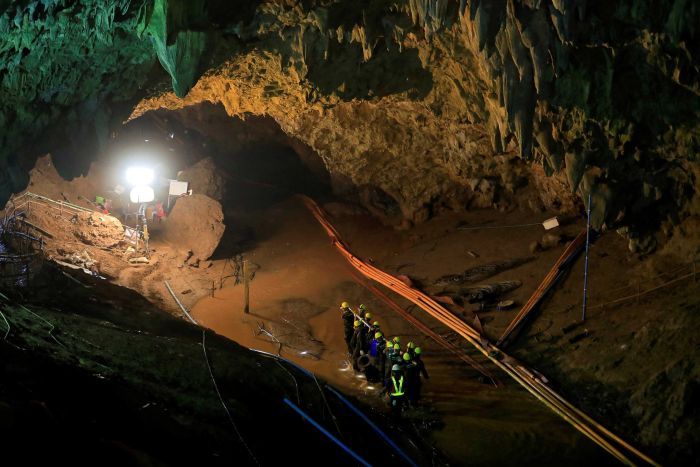Thailand Thang Luang cave rescue operation, that the world witnessed last week was an excellent example of well coordinated exercise between Brave hearted rescue team and health services. The challenges were not just about water streams and horrifying narrow caves but also severe risk posed to the health of victims that extends even in the aftermath of the episode. Probability of developing infections and other physical and mental illnesses is still very high among the survivors. However, the incidence throws a light on certain facts about negligence by Monsoon travelers during the fun trips or rainy adventures. Following are the few key notes those will help packing up your bags for your next rainy trip.

1. Carry high energy dry food Getting stuck during rainy trip is the most common risk and especially if you are exploring the spots away from human activities. Energy supply is the most needed requirement to withstand long hang outs. Human brain needs energy from Glucose and maintaining blood sugar level becomes important key to stay mentally active. To maintain Blood Glucose level, Dry fruits like Dates, Almonds, Cashews, Walnuts contain high carbohydrates those can easily provide you required Glucose. Due to high mineral contents, they can also supplement some amount of electrolytes. Moreover, being dry stuff, the shelf life of this food is long enough to enable you to withstand for a week at least!
2. Add up to your first aid. Strong antiseptics must find the first seat in your first aid kit. Muscle relaxants and general pain killers like Paracitamol become handy. Stomach upsets are very likely during rains. Gastric medicines like antacids with domperidone sustained release combinations (DSR) become helpful under tricky situations. Of course, it is wise to call your doctor once before packing your bag!
3. Antibiotics those will be the saviors The most important challenge during monsoon trekking and prolonged nature arrest is Infections. Most common being upper or lower respiratory track infections, wound infections, or stomach/ gastric infections. Antibiotics play a great deal in combating such infections and literally prove to be life saviors, especially in trapped situations. Certain mild broad spectrum antibiotics can always be kept ready for SOS situation. Its important to take help from your family doctor in choosing the antibiotics and their way of use. Remember, antibiotics, once administered, the course has to be completed!
4. Your point of care equipment If you are diabetic and using insulin or any other drug, do not forget to carry your small and handy glucometer! Taking your regular dose without knowing your actual sugar level may prove to be disastrous under starving conditions, especially when stuck somewhere in the jungle.
5. Energy options Batteries, although is a very good power option, its not always possible to carry a big load. Be prepared to create some fire If required. Lighter and candle serves the best even during wet period.
6. Communication Usually one tends to run out of any communication option once lost or trapped in the jungle during the trek. Communicate with at least two people about your trek itinerary before you leave. That helps your well wisher to sense the danger and act quickly and in right direction!
Be healthy! Be Happy!!Enjoy Your go!!!